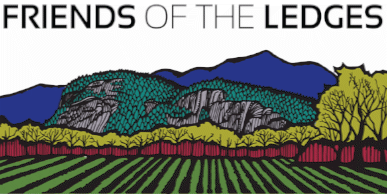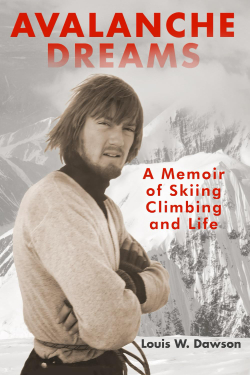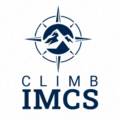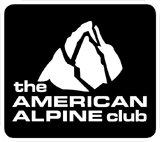|
|
AVALANCHE DREAMS: A Memoir of Skiing, Climbing and Life
Best Peak Press LLC
$16.69
This book is timely, given the resurgence of backcountry skiing and ski-mo in recent years.
Lou Dawson’s autobiography is the story of the man known as “the father of backcountry skiing” who was also a distinguished all-around climber. He has authored many BC skiing guidebooks as well as online articles and reports. Had Dawson been a self-promoter he might have become a super-star among adventure sports. That he published this book in his later decades is something of a treat. It’s also a refreshing reminder that during the 70s and 80s, while the climbing scenes in Boulder and northern Colorado got all the attention in climbing books and magazines, there was also a lot going on in Aspen and the southern Rockies.
Dawson describes his life in six sections with each one representing a different era of his life. The forty-three short chapters flow smoothly and keep the reader wanting to explore one more episode at each reading.
As a boy, Lou’s conservative Texas family moved to Aspen Colorado. We’re talking Aspen as a blue-collar mining town and not the billionaire haven that is it today. Soon after the Dawsons migration, the parents fully embraced the hippie retreat that Aspen was becoming in the 1970’s. He was fully immersed in the scene of sex, drugs, rock & roll and commune living. After his teenage party boy era, Dawson took up climbing and skiing as alternate forms of escapism.
His formative era in the NOLS and Outward-Bound programs as well as his parallel windows as a dirtbag and carpenter make for interesting reading.
As the author delves deeper into rock climbing, ice climbing and mountaineering, two things happen. He becomes a daredevil on skis and proves to be a cat with nine lives. His proficiency at climbing rises dramatically. There are several stories of being buried in avalanches, injuries, and an account of his helping the rock gear innovator, Ray Jardine, to test Friends camming devices by taking multiple falls on them in Yosemite.
At mid-life, Dawson was inspired to take up journalism and focused on writing backcountry skiing guidebooks. Through his intensive projecting he became known as the guru of the 14,000ers ski descents and of the 10th Mountain Division’s Continental Traverse. He also founded wildsnow.com very early in the age of the internet.
Thereafter, he writes touching stories about the love of his life and raising a family. The stories about skiing some of the 14,000ers with his son stand out. At the final chapter, he shares his sentiment and philosophy about what climbing, skiing, and fathering meant to him.
All in all, a fine book and a good choice to get psyched up for the coming winter.
ISBN-13 9798986338514
Publication Date - February 29, 2024
318 Pages
Softcover
Dennis Crean
December 2025
|














